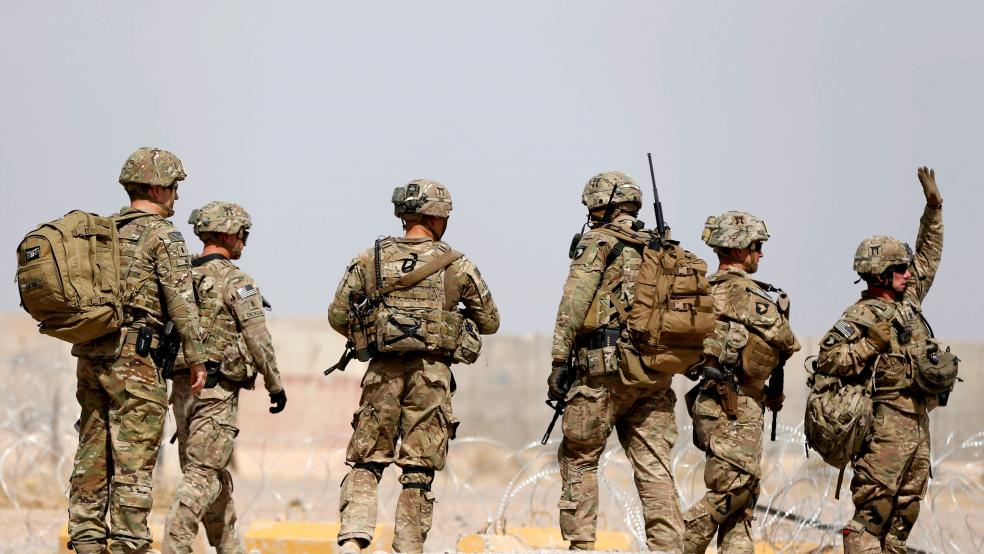President Trump will deliver his first prime-time address to the nation at 9 p.m. EDT tonight and is expected to announce that he’s sending thousands more U.S. troops to Afghanistan. If that is the course of action the president chooses, it would represent a remarkable shift, given his long history of criticism of the war, including tweets like this one from 2013:
We have wasted an enormous amount of blood and treasure in Afghanistan. Their government has zero appreciation. Let's get out!
— Donald J. Trump (@realDonaldTrump) November 21, 2013
Related: The Victor, the Spoils? Trump Eyes Afghanistan's Elusive Mineral Riches
The war began on October 7, 2001, nearly 16 years ago, following the 9/11 attacks.As you watch Trump’s address, here are some facts and figures about the “blood and treasure” toll to keep in mind:
- President Obama declared an end to U.S. combat in Afghanistan in December 2014. It is America's longest-running war.
- As of May, the U.S. still had about 8,300 troops in Afghanistan training and advising the country’s security forces. NATO and other allies have roughly 6,600 troops there.
- The peak U.S. troop level in Afghanistan was 100,000, under President Obama.
- As armed clashes have intensified recently and the Taliban insurgency has made recent gains, the insurgents now hold 48 of Afghanistan’s roughly 400 administrative areas, according to The New York Times.
- On average, 31 Afghan national security forces and nine civilians are now killed each day on average, The Times reports.
- About 6,000 Afghan soldiers were killed last year.
- The war has cost more than $1 trillion. The U.S. has already spent $117 billion on Afghanistan reconstruction efforts.
- Some 2,350 U.S. troops have been killed in the war, and another 20,000 have been wounded. In all, about 3,500 U.S. and allied forces have been killed.
To read more about the pros and cons of Trump’s decision, check out these stories:
America Needs to Stay in Afghanistan – Vance Serchuk, The Atlantic
The Case Against Trump’s Decision to Continue the War in Afghanistan, Explained by Trump – Zack Beauchamp, Vox





